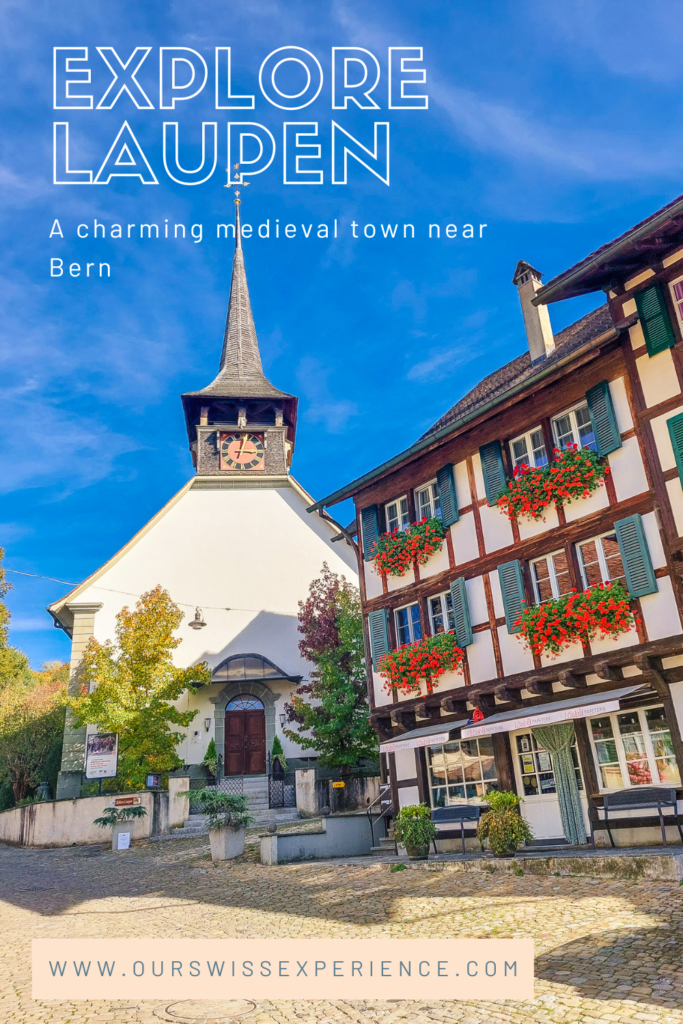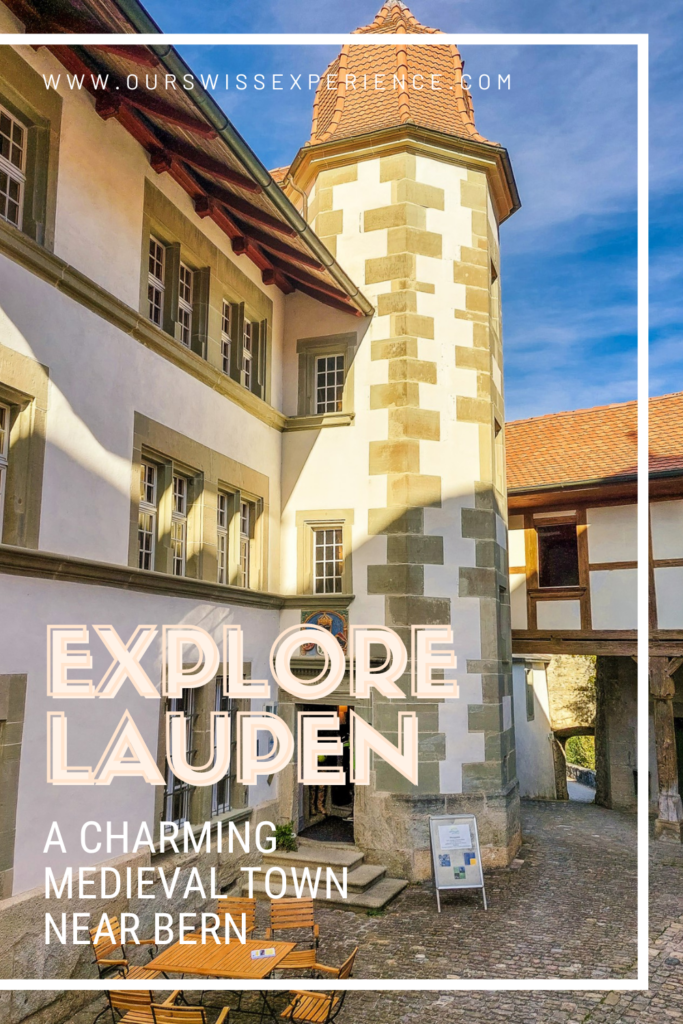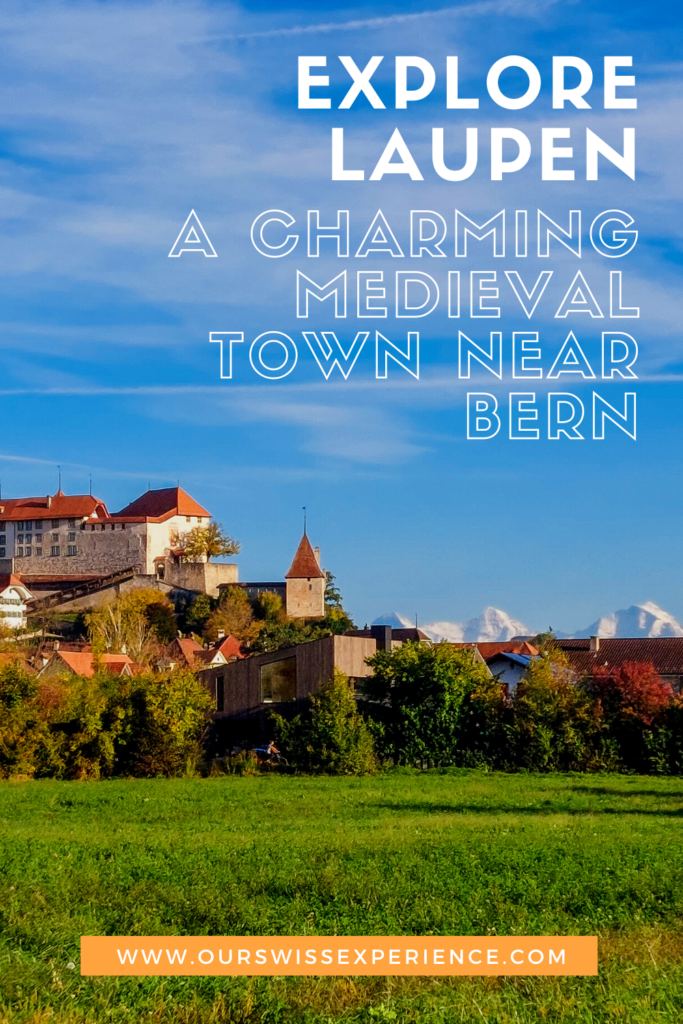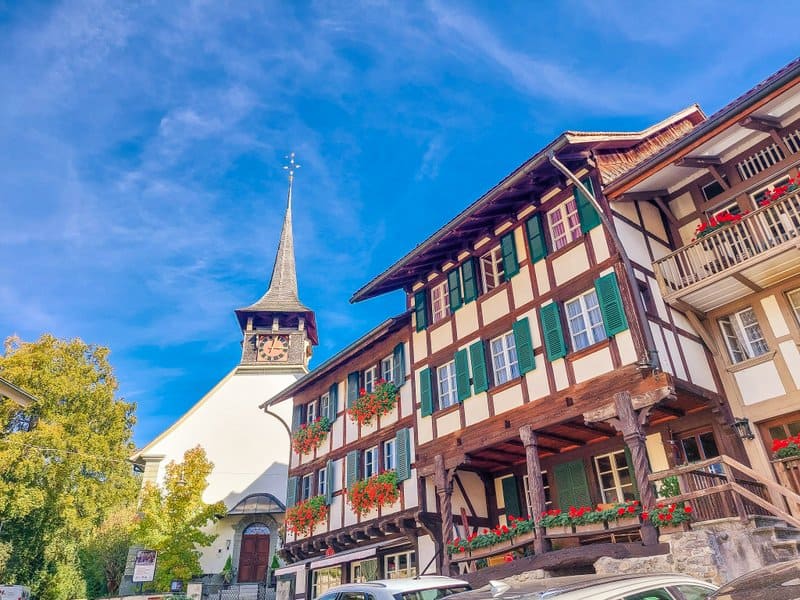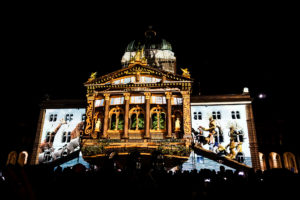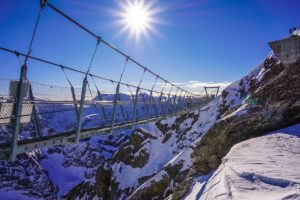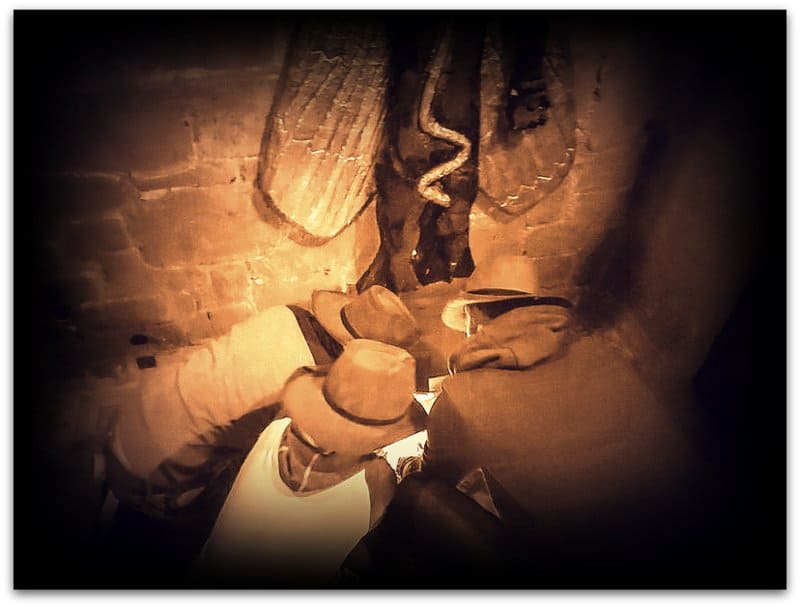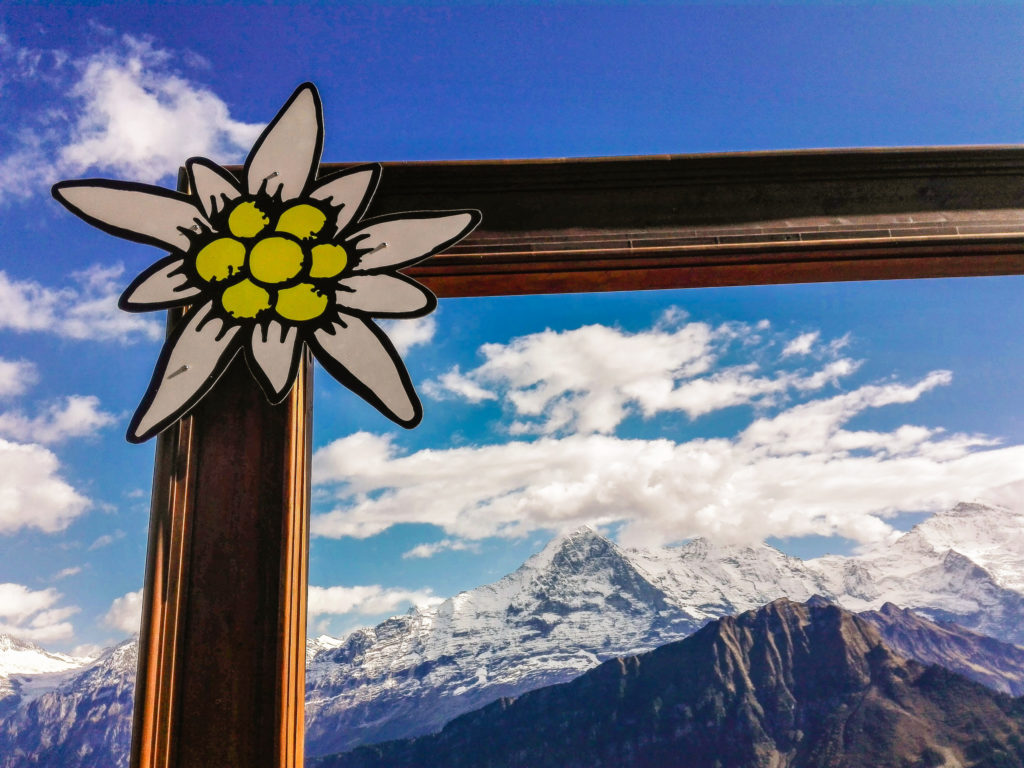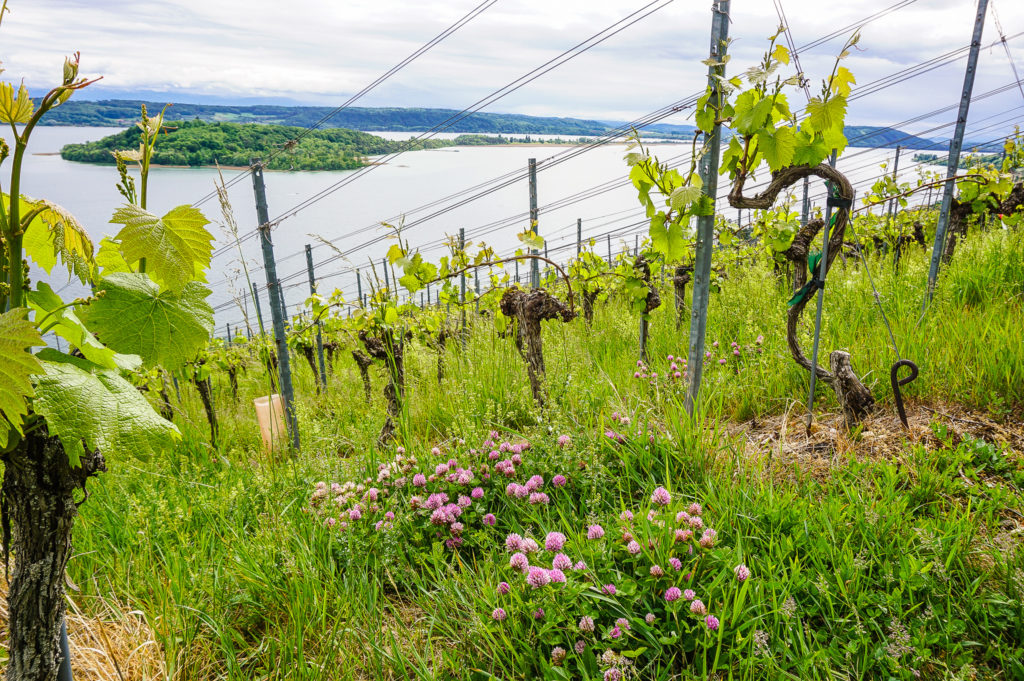“What can you tell me about the town of Laupen?” If I were to ask you like that on the street or in a TV game show, you probably wouldn’t have an answer. And you might not have any idea where Laupen is. So I knew where one could look for Laupen (yes, it’s an exit off the motorway just outside Bern), but I had absolutely no idea until recently that there was anything other than the BEO Funpark children’s amusement park. But today’s post won’t be about that at all. I’m going to show you something much more interesting!
A bit of Laupen’s history
This small town 25 kilometers from Bern at the confluence of the Sense and Saane rivers has a rich history. Its location at the confluence of the rivers was a strategic point in Roman times when the Romans used the river crossing as a link between Aventicum (today’s Avenches) and the settlement on the Enge peninsula near Bern. In the Middle Ages, a small settlement was founded at the foot of the castle rock, to which King Rudolf I of Habsburg issued the so-called “Charter of Freedom” (Freibrief) in 1275. Laupen thus acquired the same rights as the city of Bern and was at the same time a fortress and imperial city, a border and bridge town, and an important transport hub in the Üechtland region. Quite an achievement for a settlement of only 250 inhabitants at the time!
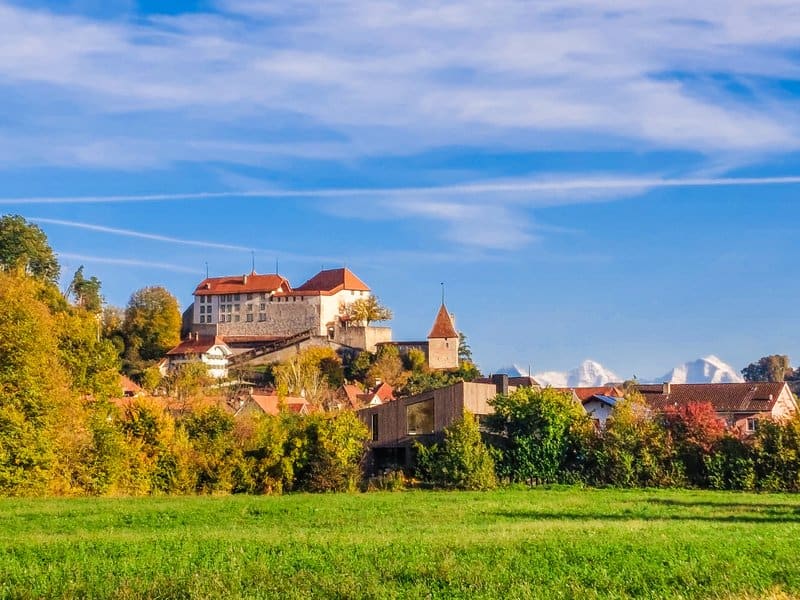
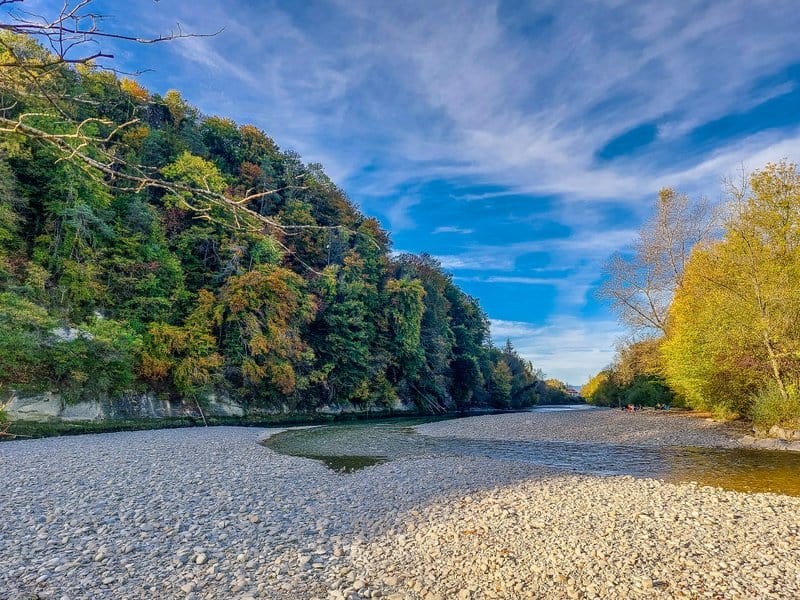
Laupen’s strategic location attracted the nobility, who used it as an important border point to secure their territories. The greatest disputes over Laupen took place in the 13th century when it belonged to the Kyburgs, Habsburgs, and Savoyards at different times. The countless changes of noble owners ended in 1324 when the manor of Laupen was bought out of pledge by Bern, who established his first governorship here.
The War of Laupen (Laupenkrieg)
At that time, the Bernese managed to expand their territory significantly on both sides of the Aare River. This expansion was not to the liking of the Burgundian nobility and the rival city of Fribourg, at whose expense the Bernese were expanding. And so, on 10 June 1339, the siege of the castle fortress of Laupen began with troops from Burgundy, Fribourg, and allied armies of bishops, various counts, and nobility. The garrison of the castle numbered about six hundred men; the besieging army numbered 12,000. The culmination of the eleven-day siege was the Battle of nearby Bramberg on 21 June 1339. The Bernese with the help of their allies from central Switzerland succeeded in suppressing the nobles and liberating the garrison of Laupen. Although the castle and town suffered damage during the siege, it was possible to repair them.
However, Laupen lost its importance in the following centuries after the bridges to Gümmenen and Neuenegg were built, thus depriving Laupen of its importance as a transit point and thus its income. At the end of the 19th century, the construction of roads as well as railways began to bring people back to Laupen, and industrial enterprises brought Laupen out of its poverty.*
Old Town of Laupen
However, the structure of the medieval fortress is still evident in Laupen – you will find medieval half-timbered houses and houses with arcades in the small square, ancient cobbled streets or remnants of perimeter walls.
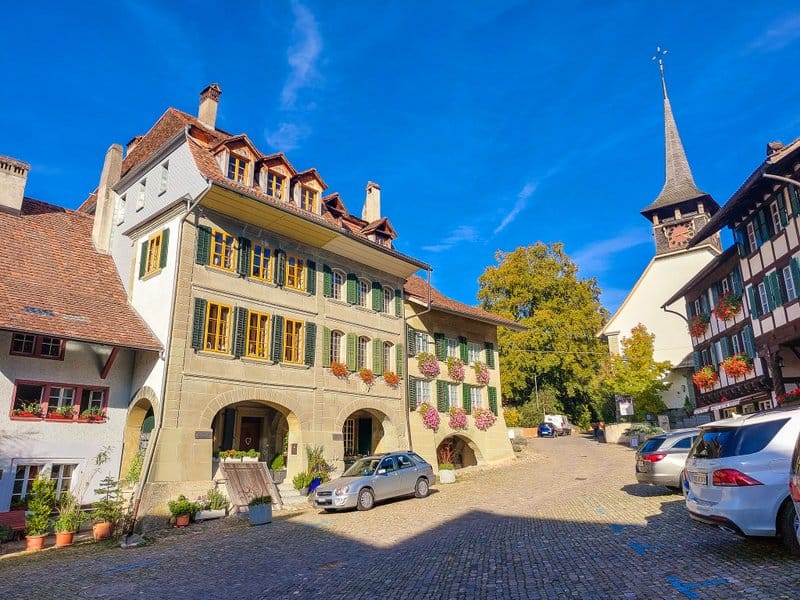
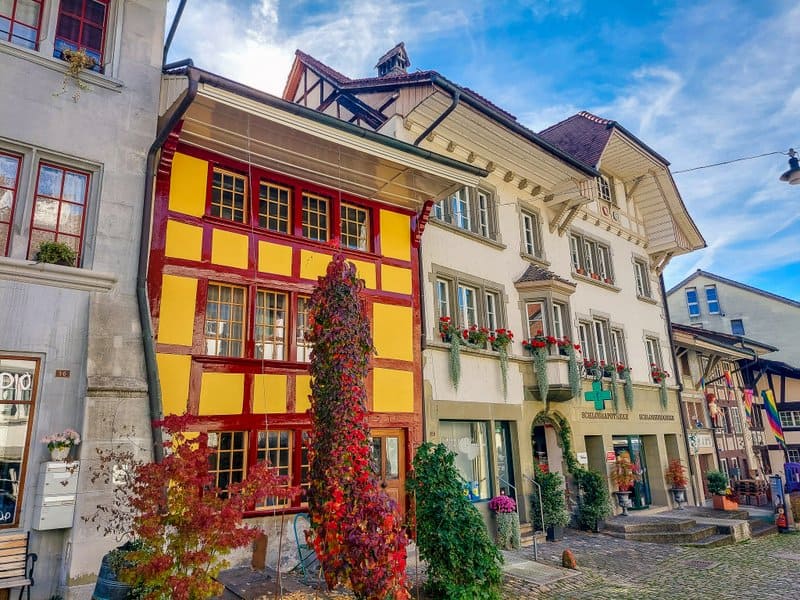
Only two of the original three city gates are still standing – Berntor at the castle and Freiburgtor on Kreuzplatz Square. At the entrance to the old town, you will find the remains of the Murtentor.
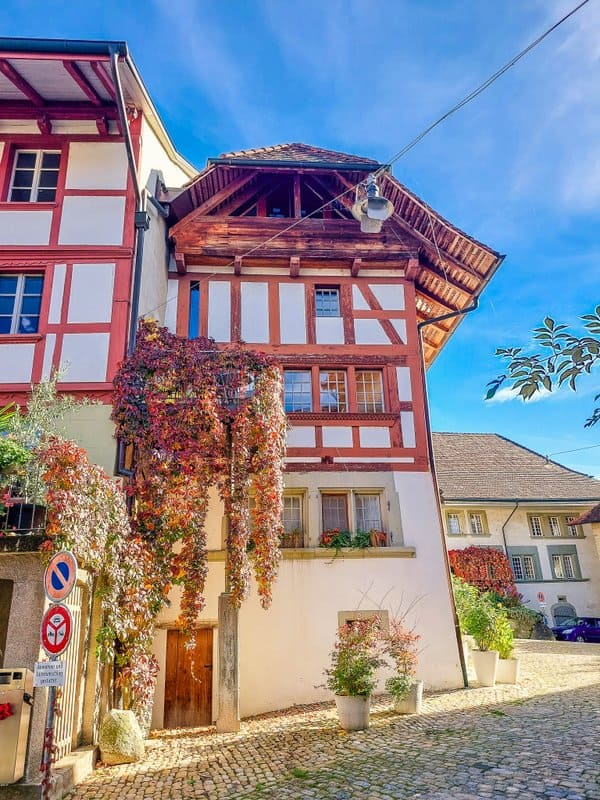
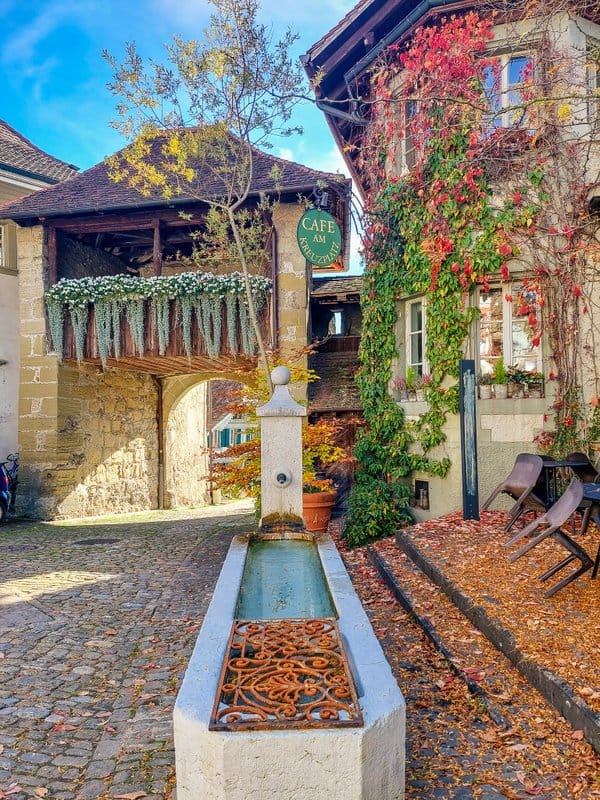
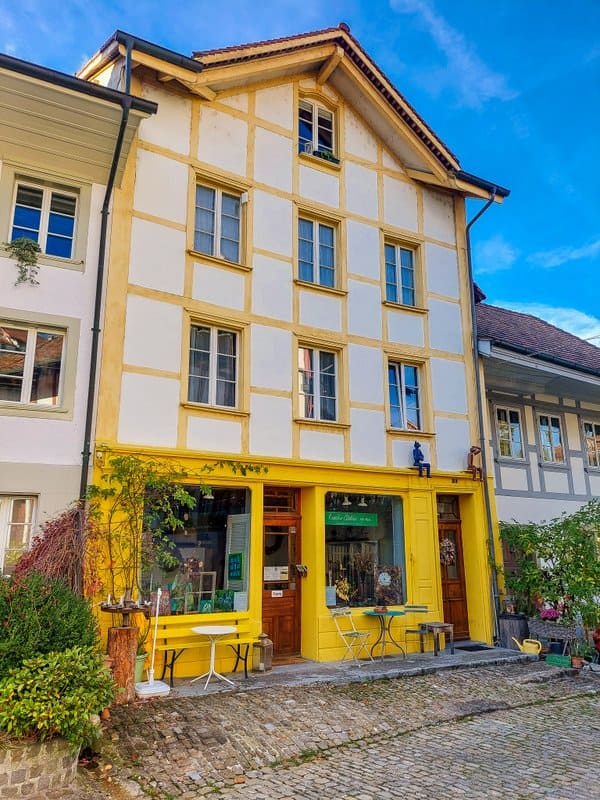
Today, Laupen with its listed historical centre is considered a place of national importance.
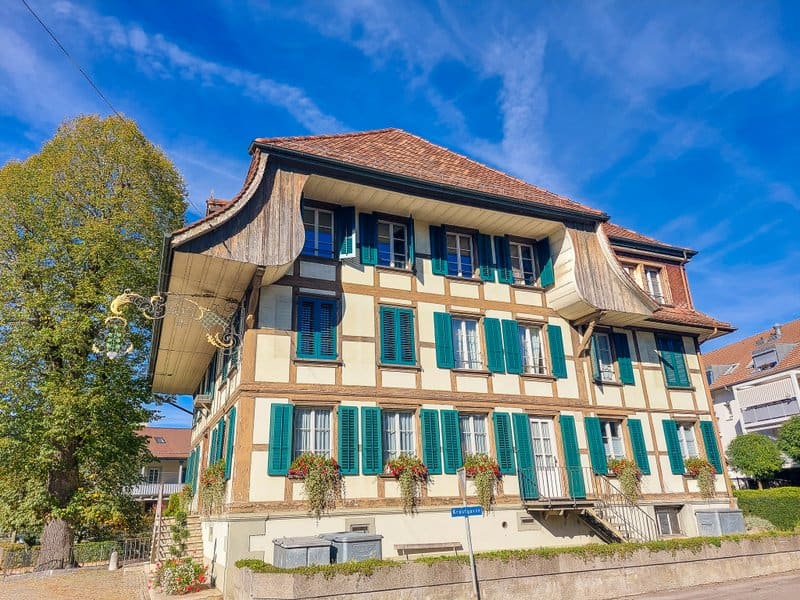
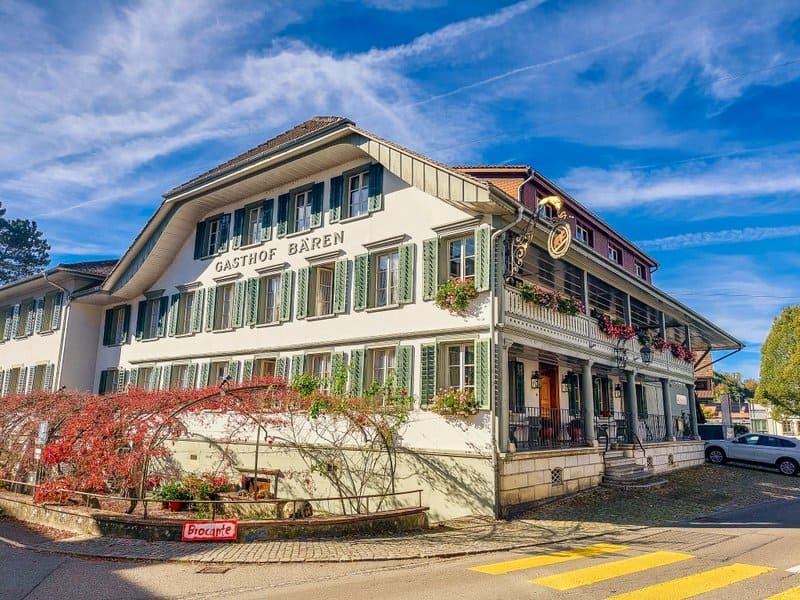
Laupen Castle
Laupen Castle, which stands majestically on a high sandstone cliff, is considered the landmark of the region. It is believed to have been built at the turn of the first millennium or as early as the 10th century. It is thus one of the oldest preserved castles in the Bernese region. Since 2012, the castle has been owned by a foundation that takes care of the maintenance and operation of the castle and its surroundings.
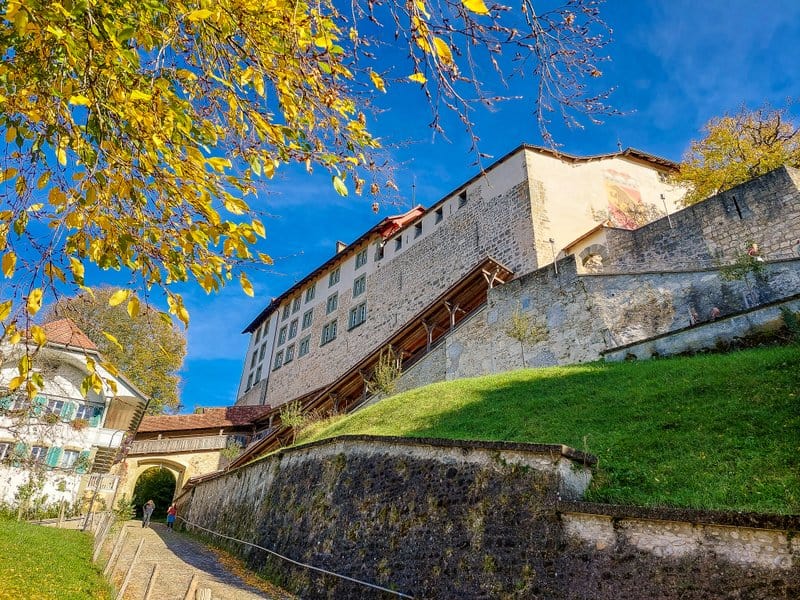
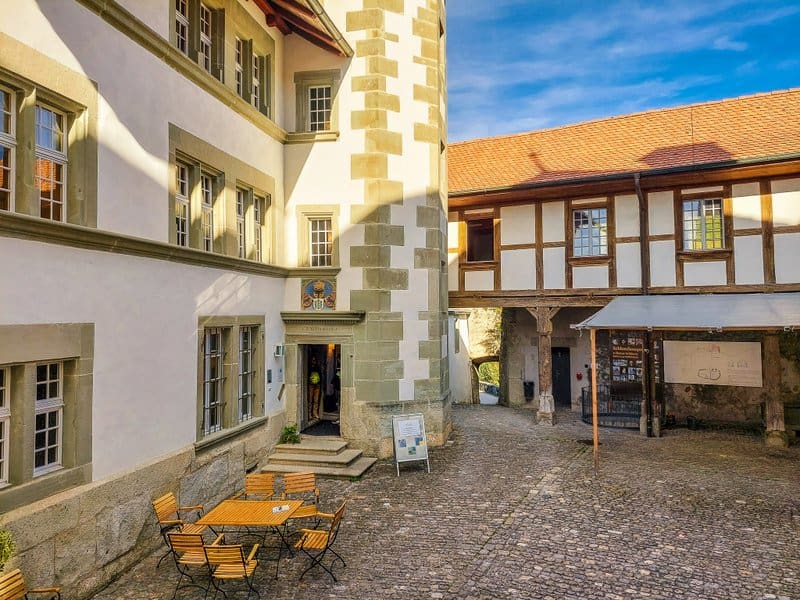
The castle complex is open for visitors from April to October every first and third Sunday of the month from 13:30 to 16:30 and admission is free. It offers visitors the opportunity to see, for example, the massive Knights’ Hall. This is one of the best-preserved castle halls in Switzerland, built around 1315 and located in the most valuable part of the castle complex – the palace attached to the circular wall.
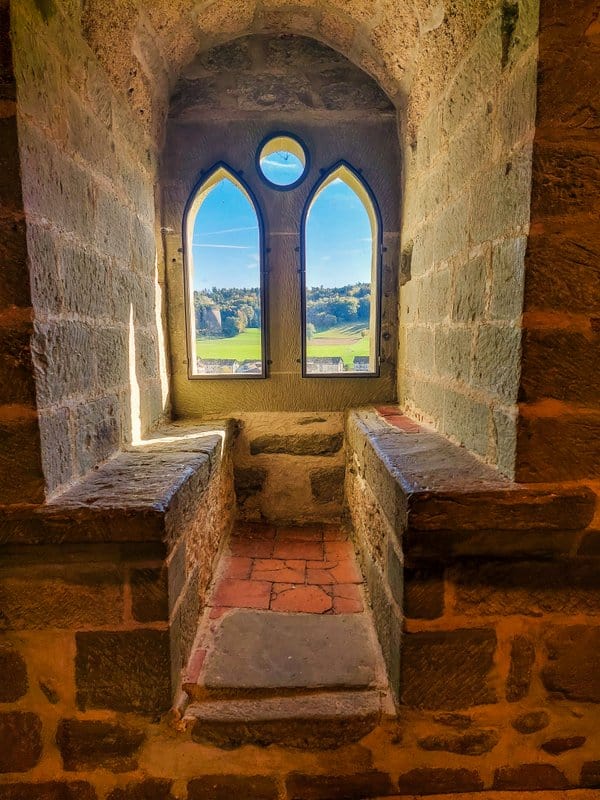
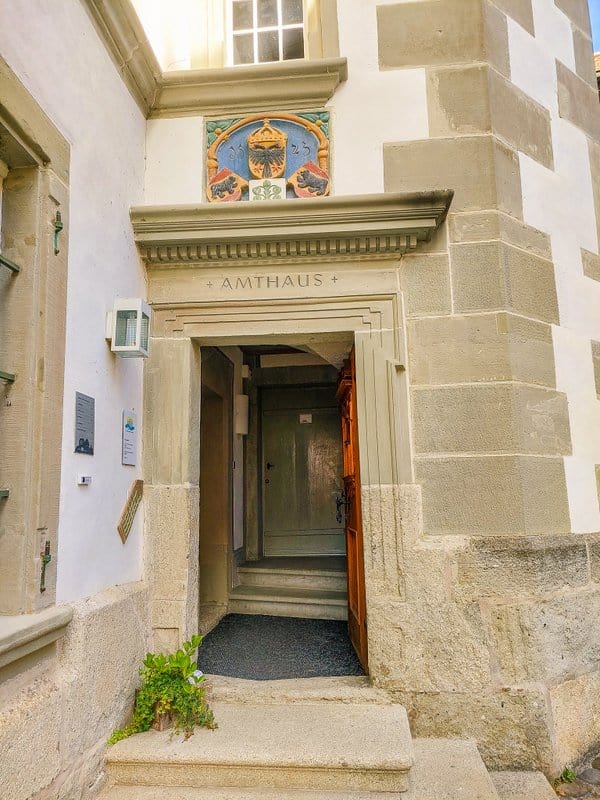
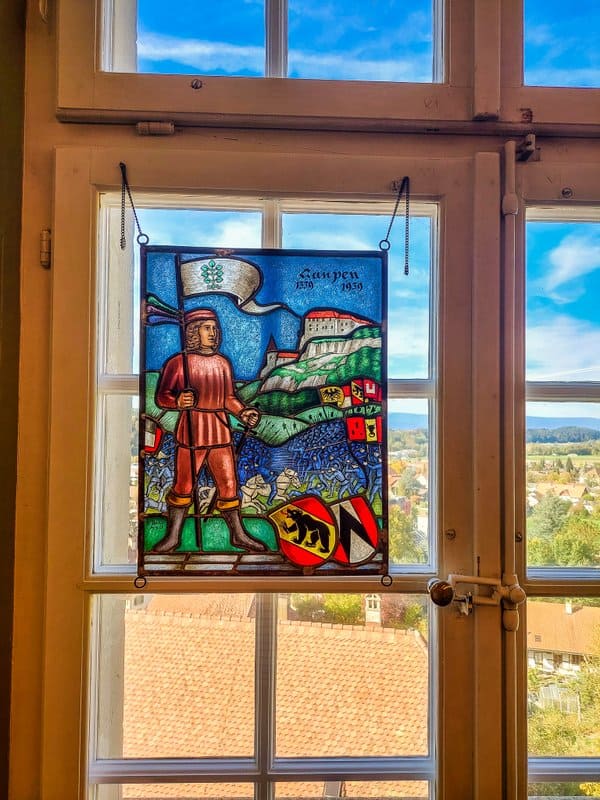
Castle Museum
The building of the late Gothic “new castle”, which was built as the residence of the castle governor, preserves interiors from the 17th and 18th centuries. Today, you will find a permanent exhibition of the castle museum here. This brings together the history of the castle and the town of Laupen (called “Stedtli”) and its surroundings. The permanent exhibition is divided into four parts: the War of Laupen (the siege of Laupen and the Battle of Bramberg, a model of the battle memorial…), Laupen Castle and Stedtli (a 1:200 scale model of Stedtli, the history of the construction of the castle and town, its transport and economic development), finds (medieval, Roman and pre-Roman finds) and films about the history of Laupen.
During my visit, I was able to see an exhibition of important personalities associated with Laupen, I peeked into the ceremonial hall, and on the top floor, I admired the exhibition dedicated to castles and chateaus in the canton of Bern (I will probably write an article on this topic soon too 
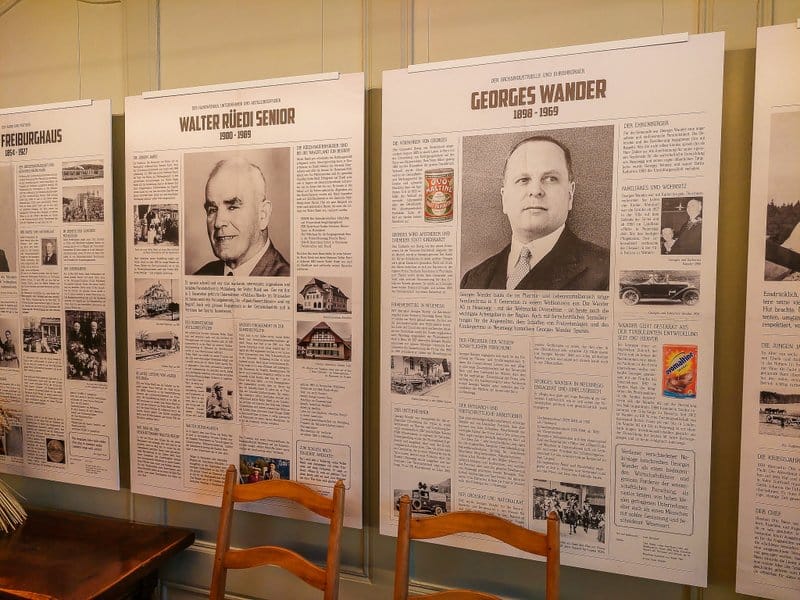
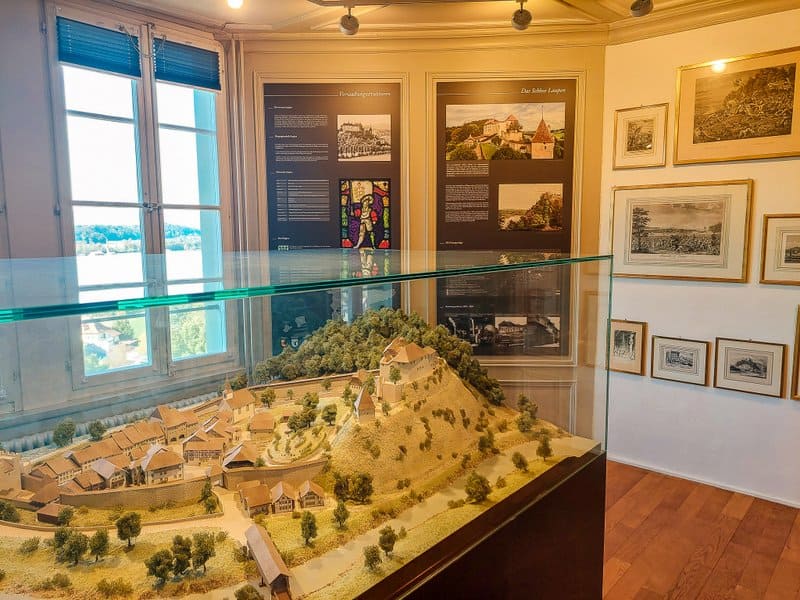
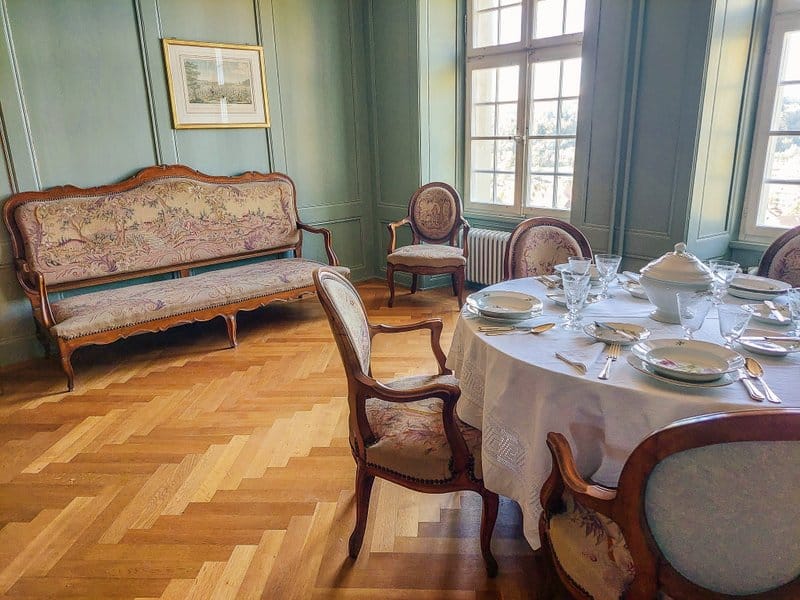
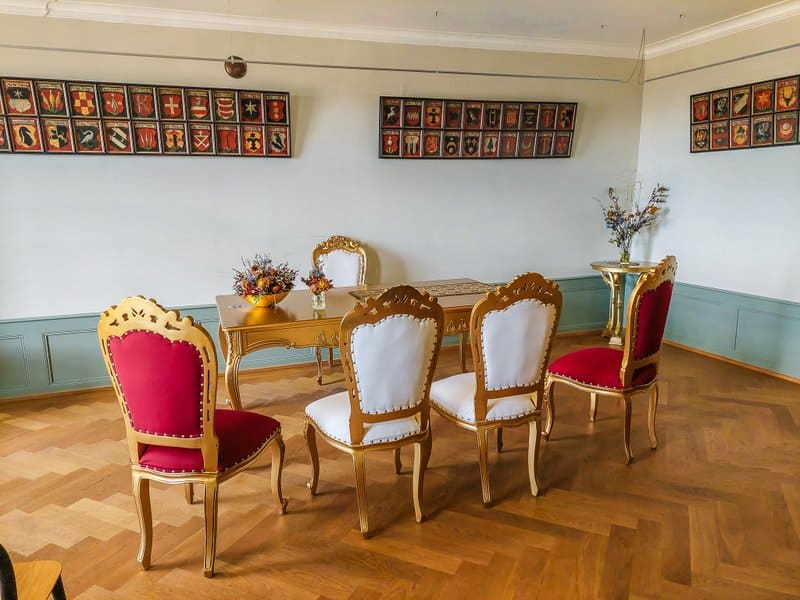
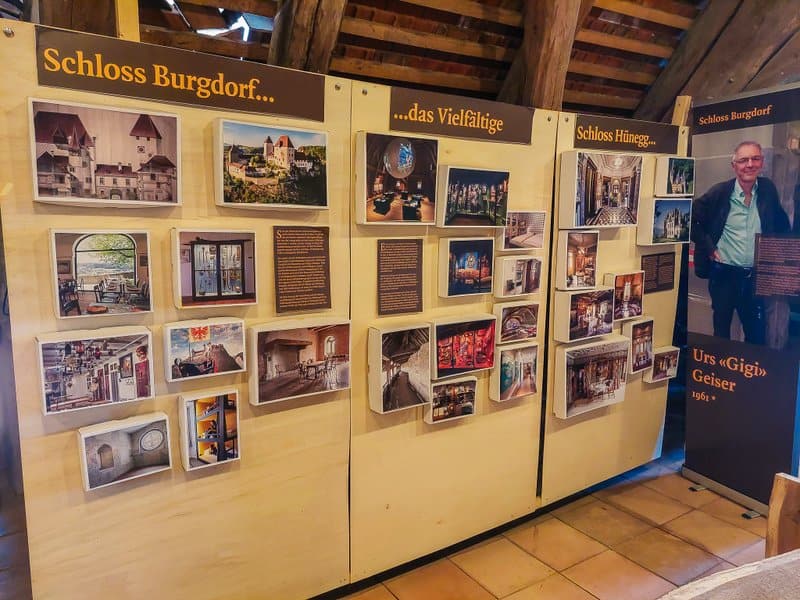
Prison in Käfigturm
A massive fortified tower in its western part is also part of the castle complex. It is particularly impressive when viewed from the town. It was rebuilt into its present pentagonal form around 1660 and replaced the original watchtower with battlements. Later it was used as a prison, which is why it became known as the Käfigturm (translated as the cage tower). You will also find an interesting exhibition from the time when it was used as a prison. You will learn about the conditions in which the prisoners lived, and how their guards lived and also delve into the tragic story of the “most famous prisoner”, Barbara Weber, who was sentenced to death in 1812.
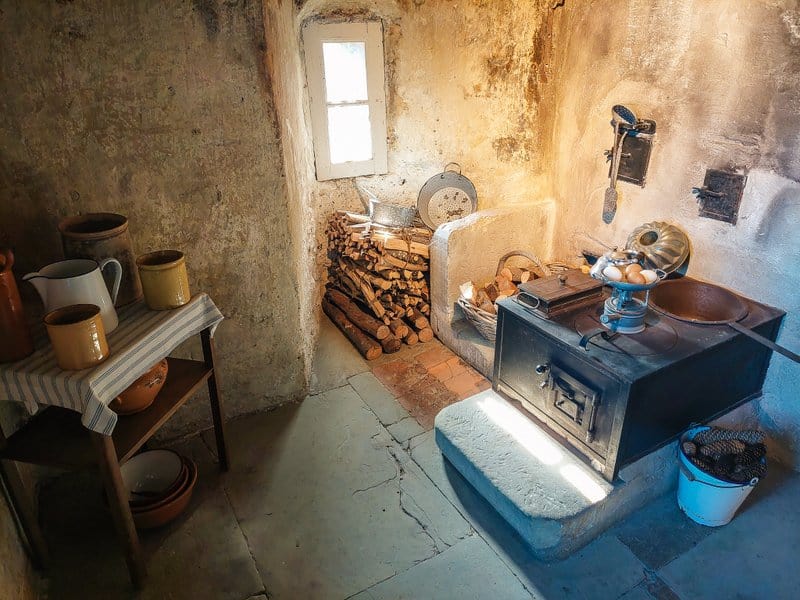
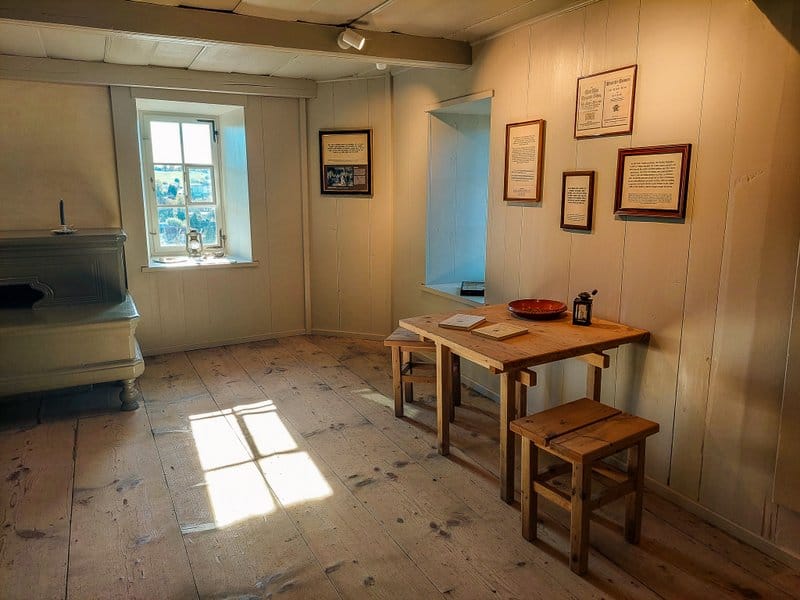
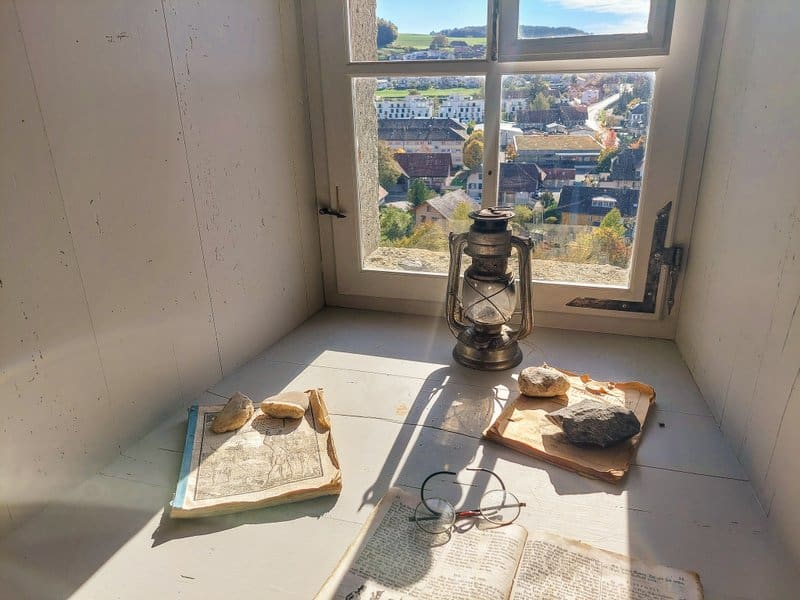
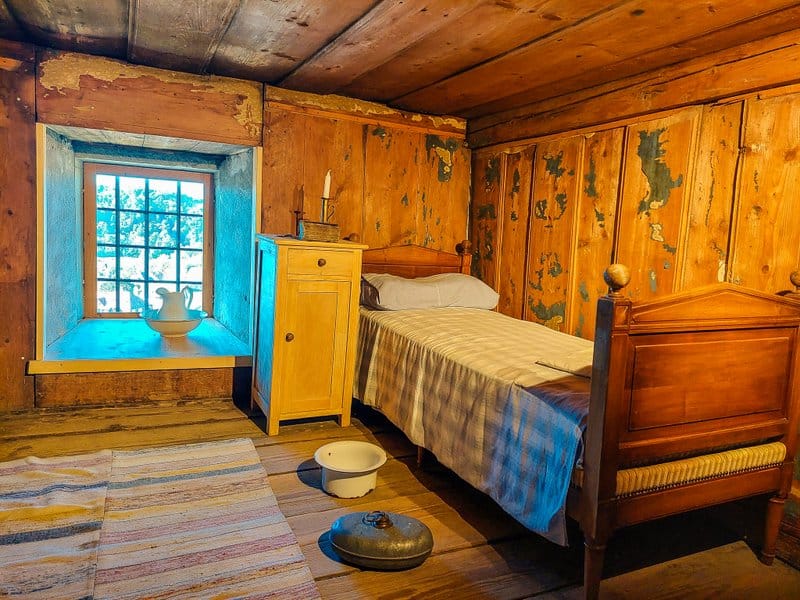
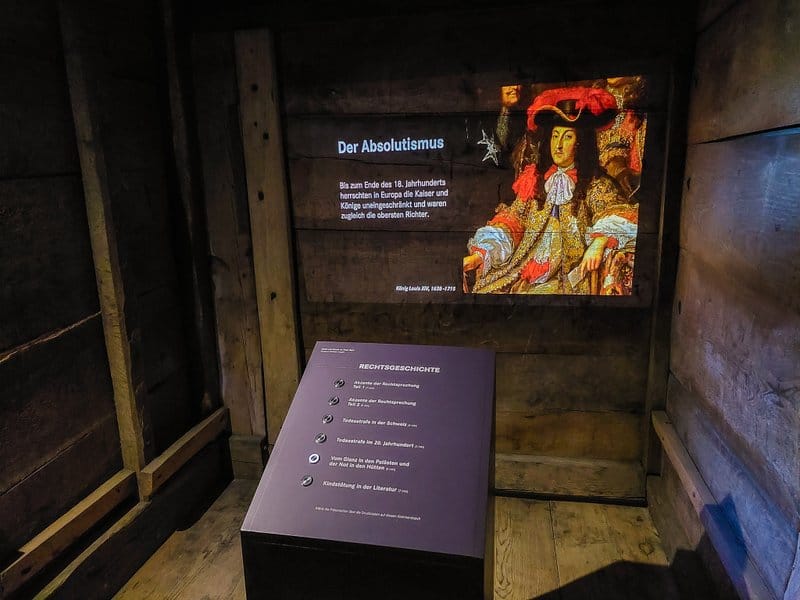
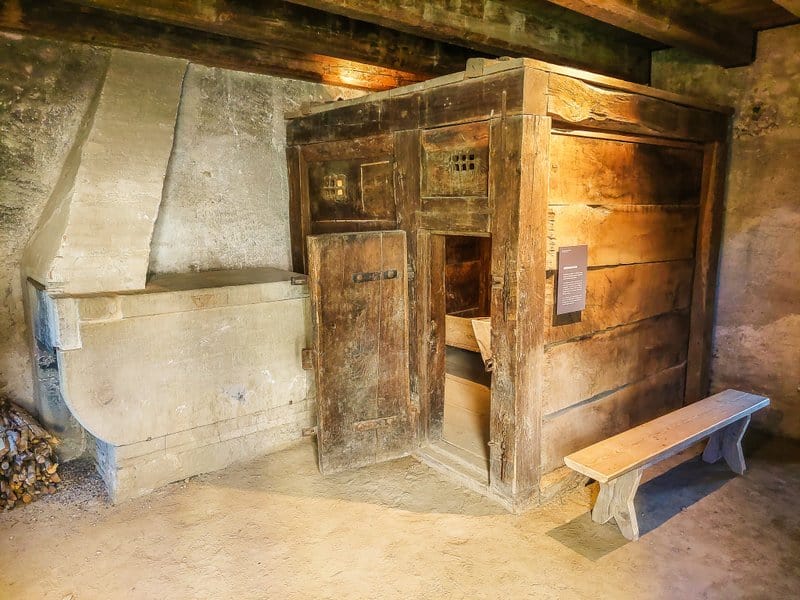
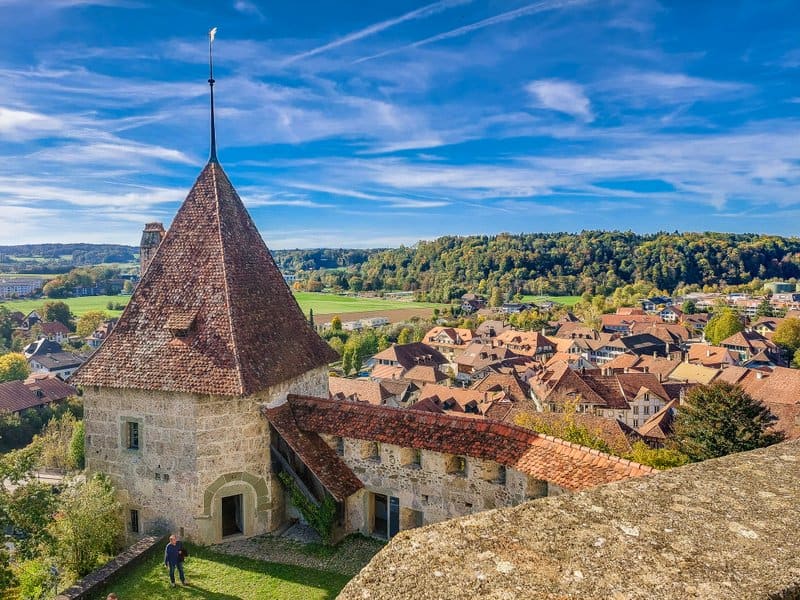
In the outer part of the castle, you can walk through the bastions, which offer stunning panoramic views. Here you will also find one of the game sites of the interactive game Krimispass (which I featured on the blog here)
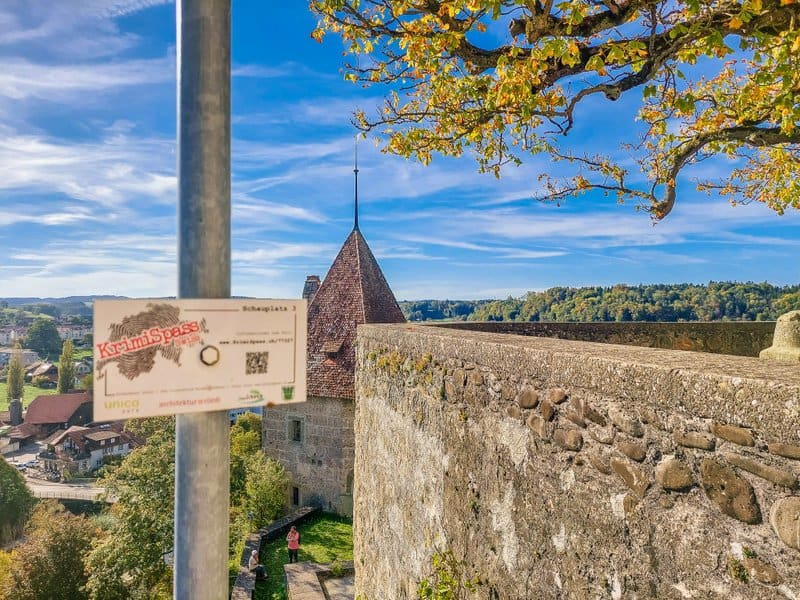
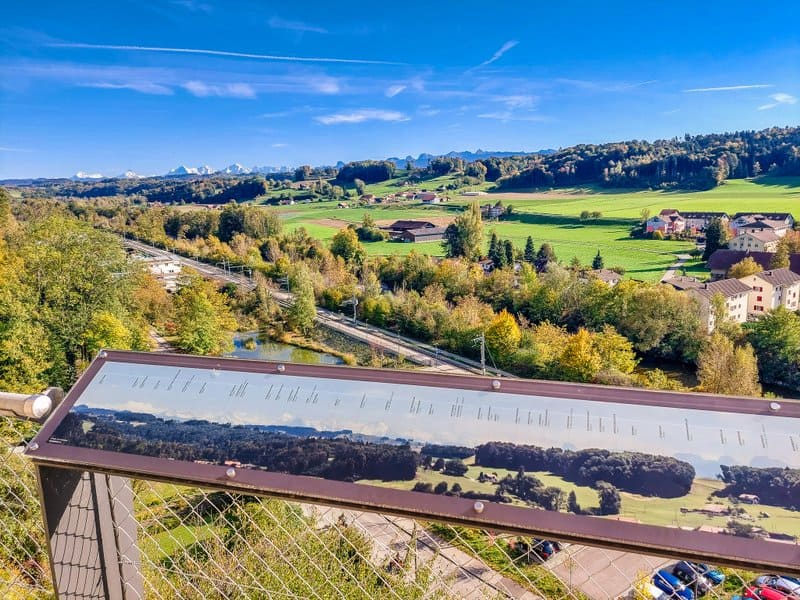
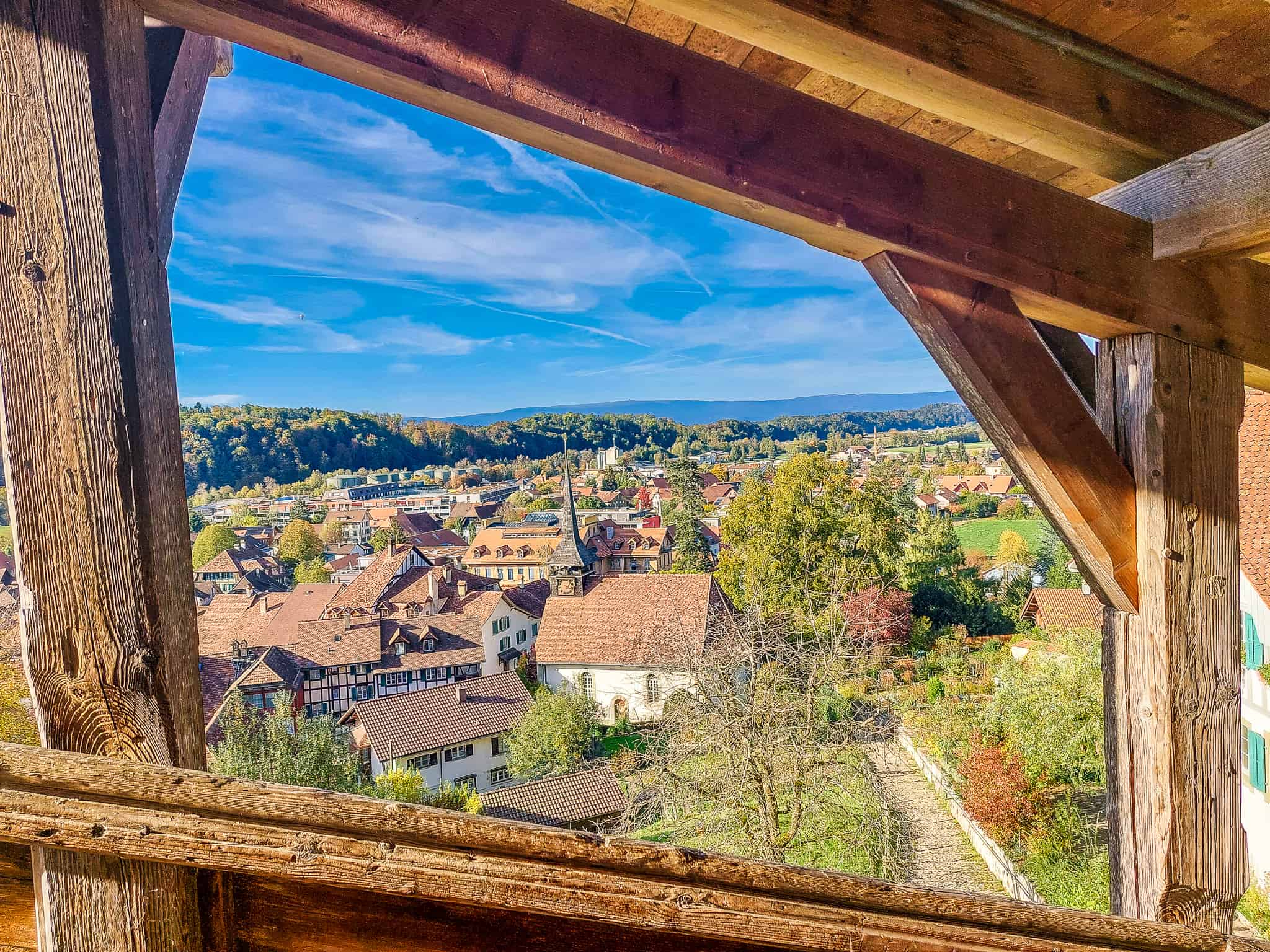
If you can’t get enough of the castle, you can rent it for an event, or you can stay overnight. All the information you need can be found on the Stiftung Schloss Laupen website.
*SOURCES
Laupen Tourist office brochure
